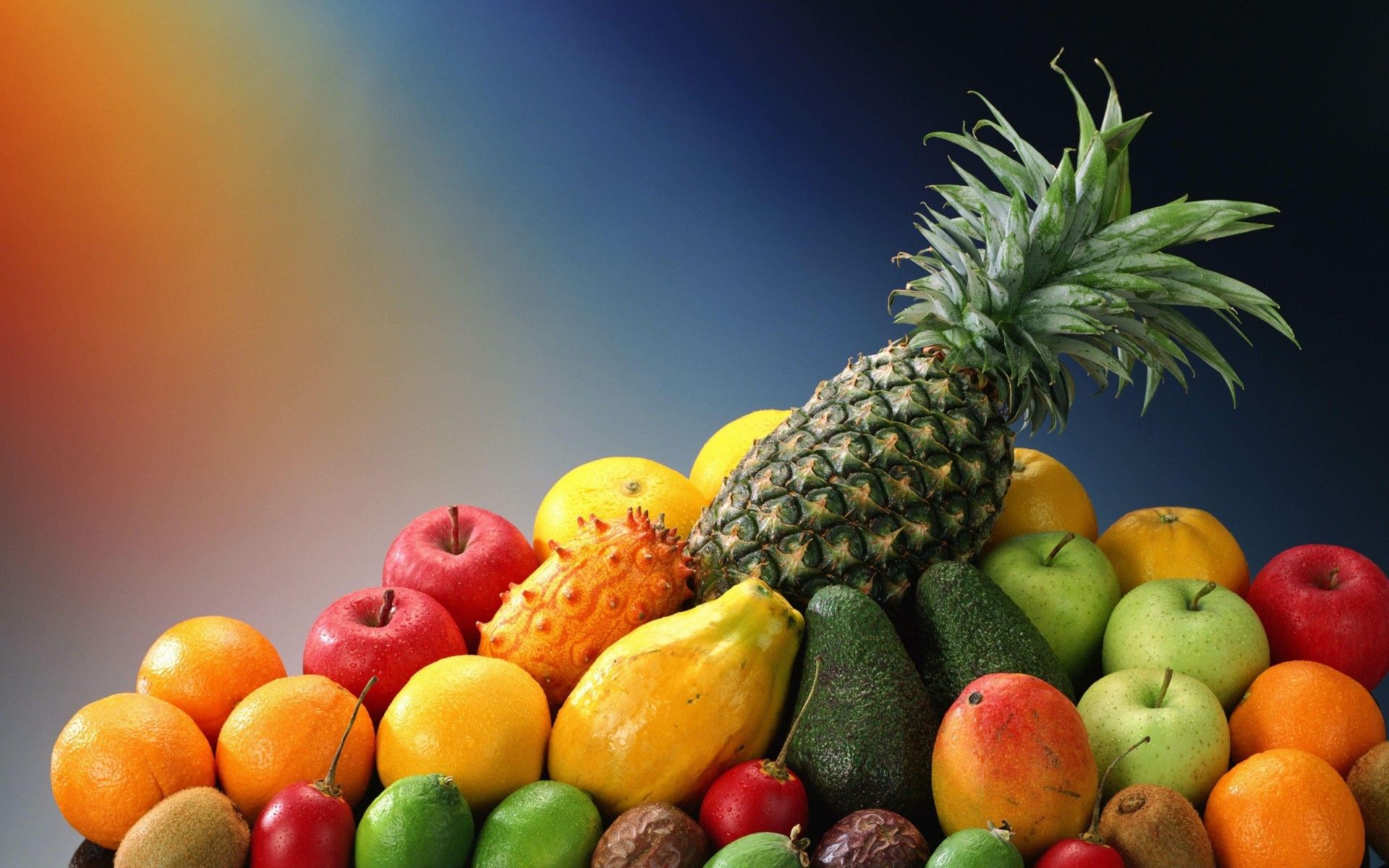How To Buy and Export Other Fruits from South Africa
How To Buy and Export Other Fruits from South Africa
If you love fruits, South Africa is the place for you. It has a wide range of fruit that features in the local diet. However, some of these fruits are not available to everyone all year round. When supply is limited, it’s difficult to get them at an affordable price. That’s why many people either grow their own fruit or buy and export them from other countries instead. Whether you want to continue growing your own fruit or buy and export from another country, this guide will help you find out where they come from and how much they cost. There are five main types of fruits grown in South Africa: citrus; stonefruit such as peaches, nectarines and plums; sub-tropical fruits like mangoes and lychees; berries; and tropical fruits such as avocados, pineapples and papayas.
How To Buy and Export Citrus Fruits from South Africa
This group includes oranges, grapefruit, lemons and limes. South Africa is one of the world’s leading citrus-producing countries. You can buy these fruits fresh all year round, but their prices are usually highest during summer when there are a lot of them. When you buy these fruits, make sure the grapefruit is not too sour. A ripe orange has a slightly shiny skin, but it shouldn’t be too heavy or have a lot of seeds. If you want to export citrus fruits, you need to be careful that you are not breaking any laws. You can’t ship them to countries where there is a risk of citrus canker. This includes most of Asia and the Middle East.
Stonefruit: Where to Buy and How to Export
These are fruits that are grown on trees, such as peaches, nectarines, plums and apricots. South Africa grows and produces a wide range of stonefruit, but they don’t ripen all year round. Their price also varies depending on the season. Stonefruits are not as widely exported as citrus fruits. You may find them in Australia, New Zealand, the Philippines and some other countries with a similar climate to South Africa’s. Stonefruits are delicate and should be packed carefully to avoid bruising. They are best shipped by sea rather than airfreight.
Sub-tropical Fruits: Where to Buy and How to Export
There are many sub-tropical fruits grown in South Africa, including guavas, kumquats, loquats, lychees, longans and pomegranates. Lychees are exported fairly widely, including to China and Hong Kong. They can be difficult to find outside the winter months, when they are in season in South Africa. Longans are mostly grown in Asia, but you may find them in the Middle East and North Africa. Kumquats are also mostly imported to Europe from Brazil.
Berry Fruits: Where to Buy and How to Export
South Africa grows a wide range of berries, including blueberries, blackberries, cherries and raspberries. These are usually available fresh all year round, but the price changes with the seasons. Raspberries are mostly grown in the Middle East and North Africa. They are usually priced according to the exchange rate. Cherries are grown in North Africa and the Middle East. Mediterranean blackberries are grown in the Middle East. Blueberries are grown in a few different places, including Chile and New Zealand.
Tropical Fruits: Where to Buy and How to Export
Tropical fruits like avocados, bananas, coconuts, dates, papayas and mangoes are grown in many different countries. You will find them in the supermarkets all year round, but they may not be the same quality as if they were grown closer to home. Mangoes, for example, are mostly grown in Brazil and Thailand, while dates are mostly produced in the Middle East. The best place to buy and export tropical fruits is the Middle East. It’s too hot for them in Europe, and the Asian countries have a shorter growing season.
Conclusion
Fruits are a delicious, healthy and nutritious snack. They are also a great gift for many occasions. When you buy and export them from South Africa, you have a wide variety to choose from. There are many different types of fruits grown in South Africa. You can buy these fruits fresh from the supermarket or from a farm or vendor at a local market. You can also export them and sell them to buyers in other countries. If you want to buy or export any of these fruits, you need to know where they are grown, how much they cost and how they are transported.








LEAVE A COMMENT
You must be logged in to post a comment.